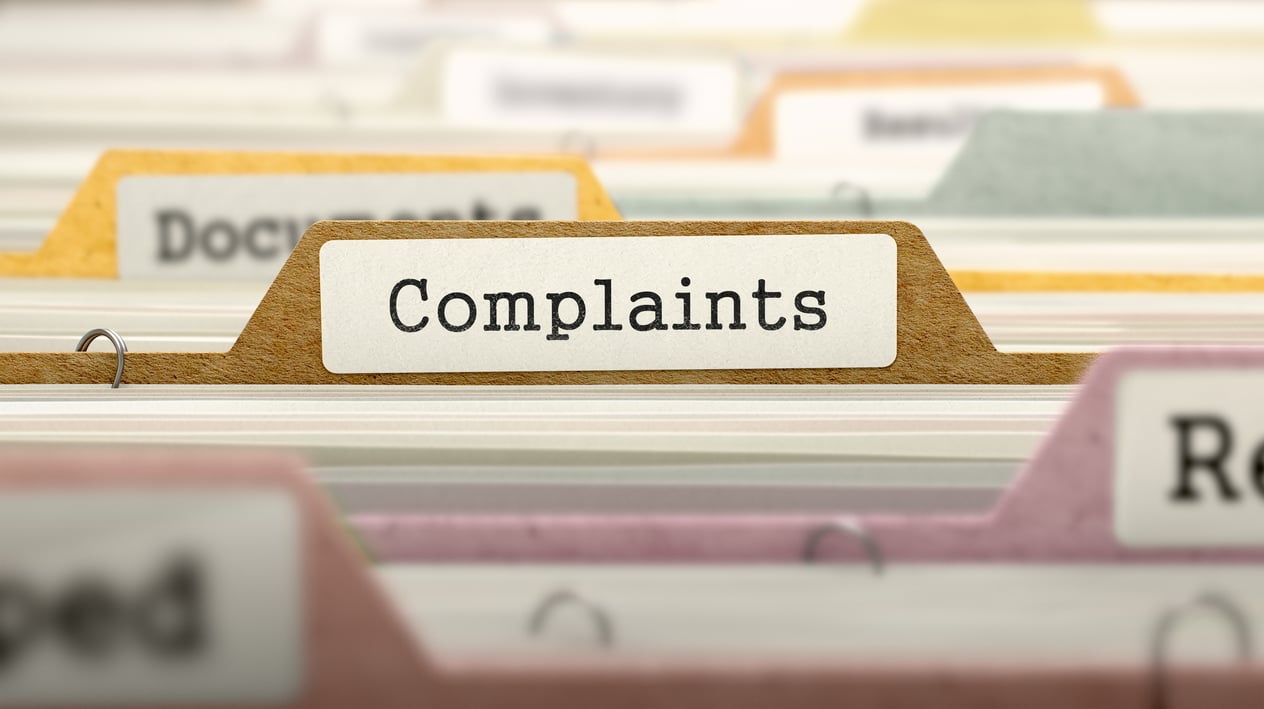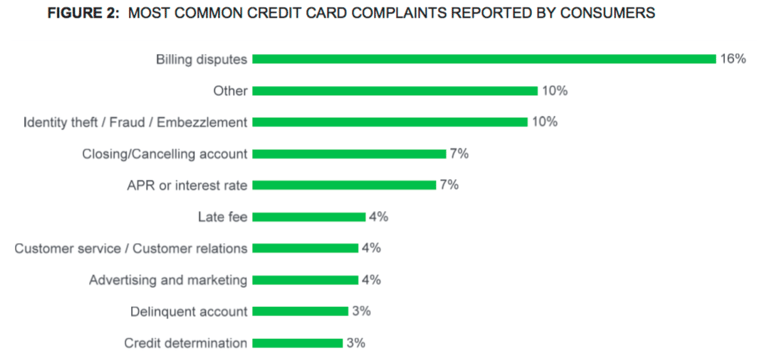
A hidden gem, the Monthly Complaint Report by the Consumer Financial Protection Bureau (CFPB) helps uncover problem areas impacting the financial products and services industry in the eyes of the consumer. Whether it be consumer loans, bank accounts/ services, payment cards, debt collection, payday loans, or fraud, the CFPB has handled over 930,700 consumer complaints as of July 2016, including 24,500 in June itself. Through a careful compilation and analysis of such consumer complaints, the CFPB has been able to discern a “high-level snapshot of trends in consumer complaints”. Follow the Rippleshot Team as we review highlights from the report and discuss customer sentiments surrounding financial products and services.
All You Do Is Complain
To begin, the complaint volume itself tells a vivid story about the consumer perceptions of financial products in the industry. Comparing April- June 2015 with April- June 2016, the CFPB calculated the percentage change in complaint volume by financial product, as displayed below:

Student loan complaints had the highest increase in complaint volume (62%), whereas payday loan complaints showed a 15% decline. Also to be noted, consumer loans, bank account/ services, prepaid, credit card, and other financial services rose at a steady rate, demonstrating growing dissatisfaction by consumers and areas for improvement.
The report continues by providing a breakdown of where consumer complaints originate from. Among the states that experienced the greatest percentage change in annual complaint volume were North Dakota (40%), Alaska (31%), and Wyoming (30%). On the other hand, states that saw the greatest volume percentage decrease included Hawaii (-18%), Delaware (-18%), and Maine (-14%). Although there does not seem to be an apparent correlation between geographical area and complaint volume, it is clear that the disparity of volume is rising between states.
Give Credit Where Credit Is Due
From the accumulation of all consumer complaints, the CFPB has also been able to dissect 97,100 credit card complaints since July 21, 2011, making credit cards the “4th most-complained-about” products at 10% of total complaints.
Here is a list of the most common types of credit card complaints:

The three most common types identified by consumers were billing disputes (16%), other (10%), and identity theft/ fraud/ embezzlement (10%).
Some reoccurring themes in credit complaints included:
- Credit decisions, such as initial application decisions and servicing charges (interest rate adjustments, credit limit reductions), as consumers argue that it is difficult to understand such determinations and the reasoning behind them. Also, many believe that there is room for potential unfairness with existing items on their credit reports that do not accurately reflect their creditworthiness.
- Frustration regarding various fees and additional costs associated with their credit cards, such as late fees, failed automatic payments, or late billing statements
- Deferred interest programs- consumers believe that the terms of such programs are not adequately explained to them.
- Closures of accounts without consumer knowledge or consent. Many times, companies state that they closed a consumer’s account due to default, suspected fraud, or inactivity. However, consumer credit scores can be negatively impacted, and some say that they would have used the cards if they were aware of an impending closure.
- Misleading offers or rewards programs, because many customers have difficulty receiving the advertised benefits, or that terms and conditions are not explained properly. These complaints generally include bonus points/miles, cash back programs, and travel benefits.
Listen And Learn
As a whole, by listening to consumer grievances and analyzing trends, all players across the financial products/services industry can learn how to better serve their customers. Consumer complaints should be taken quite seriously, as they come directly from arguably the most important source, consumers, who are ultimately the “lifeblood” of a business. As a whole, the CFPB continues to identify key problem areas that consumers face within the financial marketplace, and paints the landscape of payments for companies and consumers alike through their commitment to empowerment, engagement, and education.
Have you seen what Sonar can do? Schedule a demo to see our award-winning technology for yourself:



